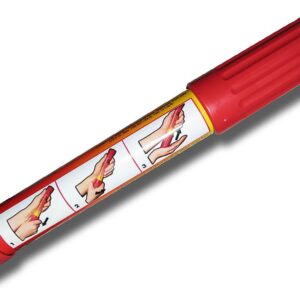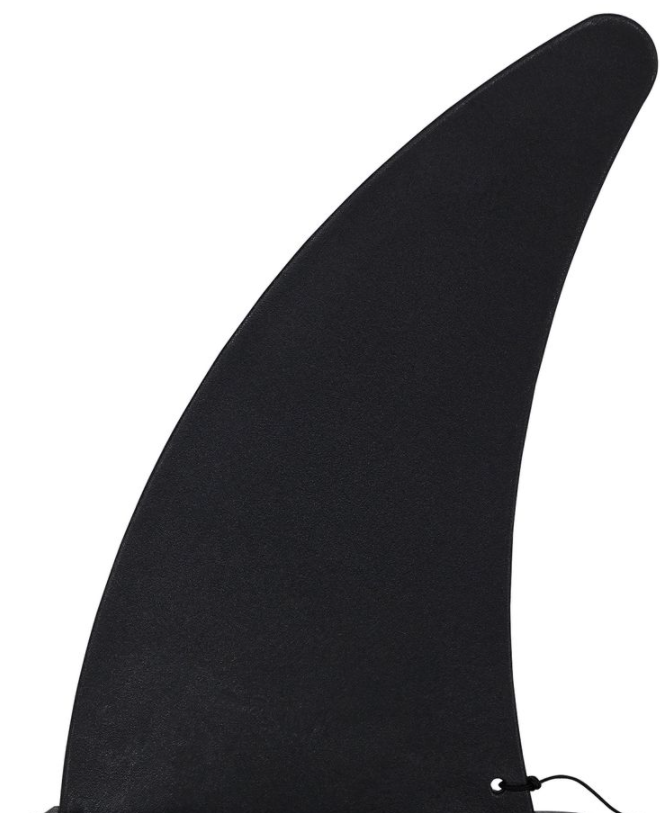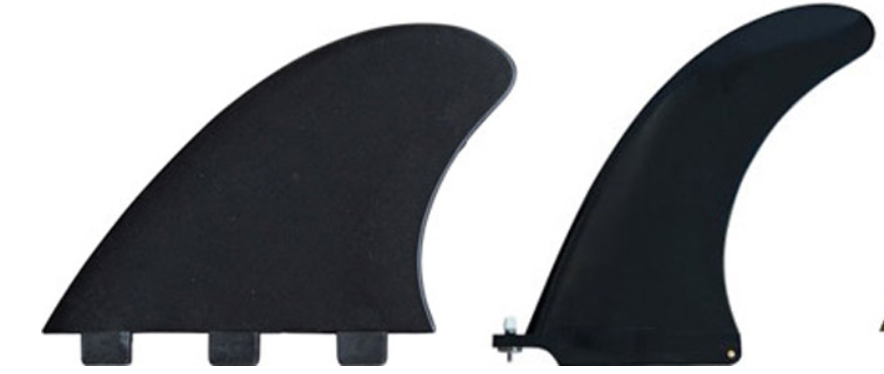

Safety equipment for Coastal Rowing Tours
The first coastal rowing tours have started again. This makes the topic of safety and safety equipment important again. Especially if you think about tours along the


This post is an update of our post from 2021: When you are at the regatta site, pay attention to the position of the fin on the Coastal Rowing boats. Each manufacturer has its own unique features. And if you now think to yourself: “It doesn’t matter!” – you are mistaken. Boat manufacturers always position the “fins” according to the boat’s purpose and the water environment’s characteristics. If you are looking for a boat or want to buy one, always ask yourself which fin and what is the optimal position of the fin for your purpose?
How far should the fin be from the stern? One sees again and again that, for example, with a Co2x, a rule of thumb of about 1.50 m applies. But also 1.60 m is not unusual.
We have collected some facts about the position of the fin for you after discussions with manufacturers and rowers:
As with everything, the right compromise must be found in fin design. Depending on the rowing area, there are also fins for different purposes.
Most of the well-known manufacturers of Coastal boats install a so-called US-Box. A proven and often sold system. You can get it in Nautic Shops, on the Internet, and in many other places. The advantage: This system is standardized and easy to replace. SUPs and surfers also use this system. Manufacturers like SWIFT use their own system. A bit heavier and more expensive, and the installation is a bit more complicated for our imagination. But it is not a no-go.

Most boatyards will help you select fins. RUBENETTI and RS Boats can even adjust the fin positions according to your wishes, which is really practical. Swift also offers solutions with plug-in fins.


The first coastal rowing tours have started again. This makes the topic of safety and safety equipment important again. Especially if you think about tours along the


What’s the best way to protect your Coastal Boat from the heat? And what can extreme heat do to your Coastal Boat? During the summer, many


The Baltic Sea near Gdansk offers a beautiful and diverse environment for various activities. It was also choosen as host for the 2024 European Coastal
| Cookie | Duration | Description |
|---|---|---|
| VISITOR_INFO1_LIVE | 6 months | YouTube sets this cookie to measure bandwidth, determining whether the user gets the new or old player interface. |
| VISITOR_PRIVACY_METADATA | 6 months | YouTube sets this cookie to store the user's cookie consent state for the current domain. |
| YSC | session | Youtube sets this cookie to track the views of embedded videos on Youtube pages. |
| Cookie | Duration | Description |
|---|---|---|
| sbjs_current | session | Sourcebuster sets this cookie to identify the source of a visit and stores user action information in cookies. This analytical and behavioural cookie is used to enhance the visitor experience on the website. |
| sbjs_current_add | session | Sourcebuster sets this cookie to identify the source of a visit and stores user action information in cookies. This analytical and behavioural cookie is used to enhance the visitor experience on the website. |
| sbjs_first | session | Sourcebuster sets this cookie to identify the source of a visit and stores user action information in cookies. This analytical and behavioural cookie is used to enhance the visitor experience on the website. |
| sbjs_first_add | session | Sourcebuster sets this cookie to identify the source of a visit and stores user action information in cookies. This analytical and behavioural cookie is used to enhance the visitor experience on the website. |
| sbjs_migrations | session | Sourcebuster sets this cookie to identify the source of a visit and stores user action information in cookies. This analytical and behavioural cookie is used to enhance the visitor experience on the website. |
| sbjs_session | 1 hour | Sourcebuster sets this cookie to identify the source of a visit and stores user action information in cookies. This analytical and behavioural cookie is used to enhance the visitor experience on the website. |
| sbjs_udata | session | Sourcebuster sets this cookie to identify the source of a visit and stores user action information in cookies. This analytical and behavioural cookie is used to enhance the visitor experience on the website. |
| Cookie | Duration | Description |
|---|---|---|
| __cf_bm | 1 hour | This cookie, set by Cloudflare, is used to support Cloudflare Bot Management. |
| CookieLawInfoConsent | 1 year | CookieYes sets this cookie to record the default button state of the corresponding category and the status of CCPA. It works only in coordination with the primary cookie. |
| elementor | never | The website's WordPress theme uses this cookie. It allows the website owner to implement or change the website's content in real-time. |
| wpEmojiSettingsSupports | session | WordPress sets this cookie when a user interacts with emojis on a WordPress site. It helps determine if the user's browser can display emojis properly. |
| Cookie | Duration | Description |
|---|---|---|
| __eoi | 6 months | Security for AdSense, AdSense for Search, Display & Video 360, Google Ad Manager, Google Ads |
| mailchimp_landing_site | 1 month | MailChimp sets the cookie to record which page the user first visited. |
| wp-wpml_current_language | session | WordPress multilingual plugin sets this cookie to store the current language/language settings. |
| yt-player-headers-readable | never | The yt-player-headers-readable cookie is used by YouTube to store user preferences related to video playback and interface, enhancing the user's viewing experience. |
| yt-remote-cast-available | session | The yt-remote-cast-available cookie is used to store the user's preferences regarding whether casting is available on their YouTube video player. |
| yt-remote-cast-installed | session | The yt-remote-cast-installed cookie is used to store the user's video player preferences using embedded YouTube video. |
| yt-remote-connected-devices | never | YouTube sets this cookie to store the user's video preferences using embedded YouTube videos. |
| yt-remote-device-id | never | YouTube sets this cookie to store the user's video preferences using embedded YouTube videos. |
| yt-remote-fast-check-period | session | The yt-remote-fast-check-period cookie is used by YouTube to store the user's video player preferences for embedded YouTube videos. |
| yt-remote-session-app | session | The yt-remote-session-app cookie is used by YouTube to store user preferences and information about the interface of the embedded YouTube video player. |
| yt-remote-session-name | session | The yt-remote-session-name cookie is used by YouTube to store the user's video player preferences using embedded YouTube video. |
| ytidb::LAST_RESULT_ENTRY_KEY | never | The cookie ytidb::LAST_RESULT_ENTRY_KEY is used by YouTube to store the last search result entry that was clicked by the user. This information is used to improve the user experience by providing more relevant search results in the future. |
Do you like our articles so far? You are always up to date with our newsletter
This Post Has 2 Comments
With the newness of coastal rowing, perhaps you could learn from the prone paddleboard folks? They often both move their fins as well as change the shapes and design to achieve control or glide.
In outrigging canoeing, again the size and position of fins are an important factor in control.
Time to look outside the crew/rowing world
I build coastal boats and I have in all 10 boats built this far having an adjustable fin that way I manage all conditions current, waves and wind direction you adjust the depth acordingly and its done from the cockbit and works easy. If something is hitting the boat it folds in an compressing a spring that fold it out again.Its a common kayak solution , kayaker who knows this dont use rudders very much..